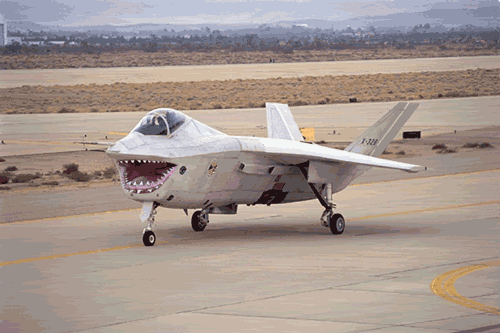- Joined
- 3 June 2011
- Messages
- 17,336
- Reaction score
- 9,075
AeroFranz said:This where the skill of the Lockheed engineers came into being. You're right in that from a certain distance i probably wouldn't be able to tell if i'm looking at a -B, or -A. OTOH, the X-32 definitely looks different from everything else in that chart...or anything else, for that matter.
That being said, internally there's a lot of new stuff that goes in, we can't just look at the OML.
The entrails are different, and the commonality desirement meant that compromises were made. I'm saying that the optimized structure for an A and C designed in isolation of each other is much closer than between either of them and a -B.
It's all a trade off. The F-22 could have had even better performance if it didn't have to be designed for stealth, didn't have internal bays, had 3D TVC, etc. So what? The DoD doesn't care what looks the prettiest at the airshows, it wants the best capability it can afford. If the F-35B had been it's own design there would not be one, and the USMC would be out of the fixed wing business once the Harriers were out of life. As that was unacceptable we have what we have. Just because, if we were willing to compromise in other areas, it might have been 0.2 Mach faster means what exactly? When's the last time a Super Hornet went Mach 1.8 in combat? When's the last time an F-16 went Mach 2 in combat? On the other hand the F-35 is designed for Mach 1.6 armed and with fuel. Now deck out an F-16 with all the pods to at least try to come close to the F-35's built-in capability, add the external weapons, extra fuel, etc. How fast is that F-16 going to be going now? Not Mach 2 I promise you that.


